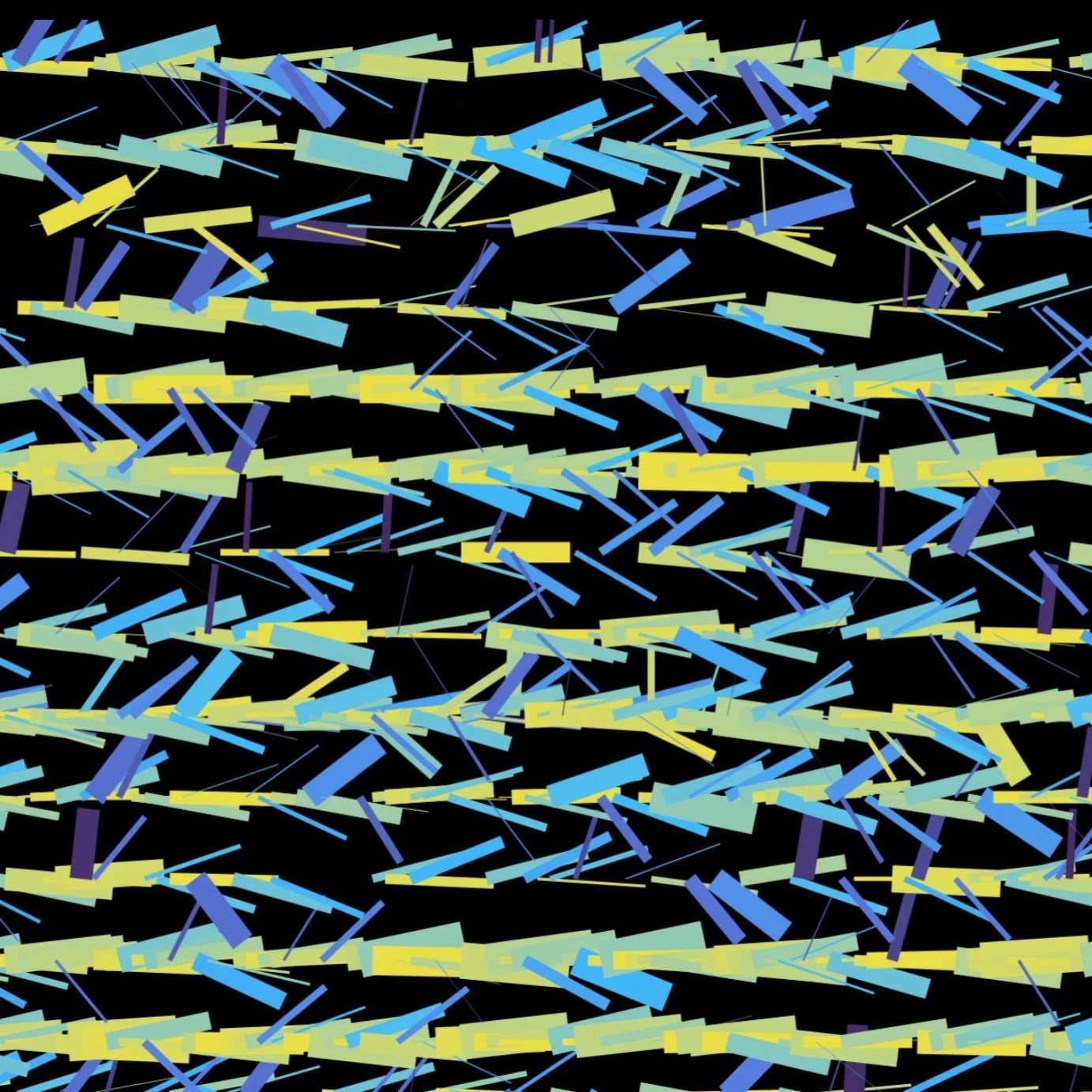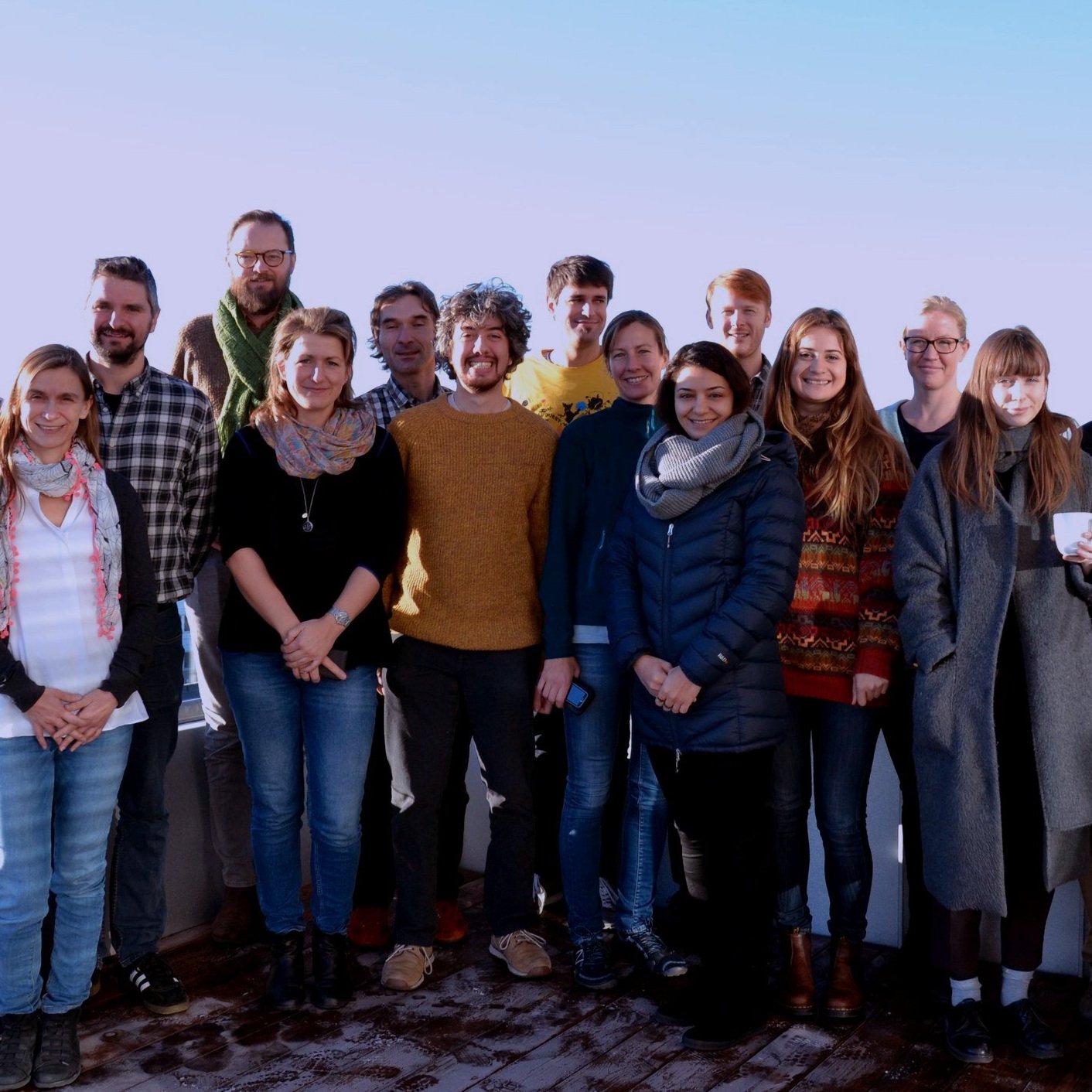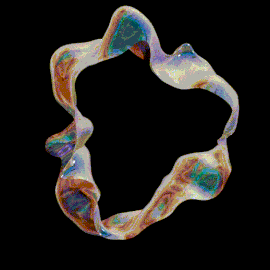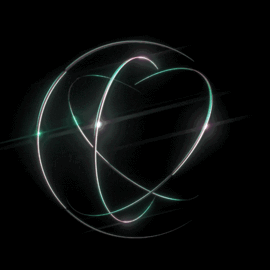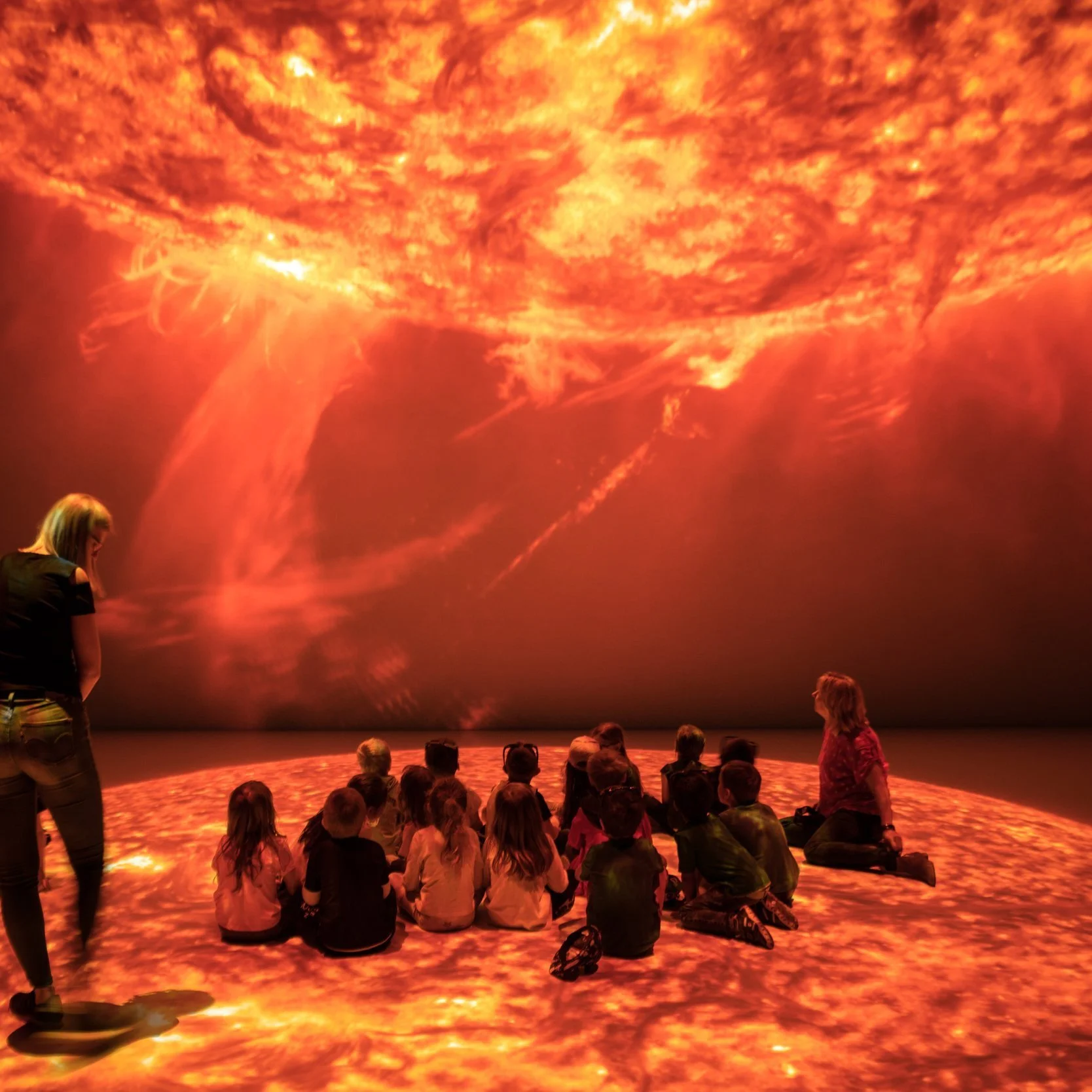He continues:
– Pre-scanning and sample preparation goes hand in hand and is a re-iterative process, because more often than not you have to cut your sample or change its diameter, or you need to test the functionality of your sample environment in advance. It allows you to iron out any problems and create the most optimal conditions for further experiments, says Emanuel Larsson.
Increases chances of getting beamtime
Doing your homework doesn’t only set you up for better experiments, it can also increase your chances of getting beamtime in the first place – since many experienced users would attach lab-based results to their beamtime application, in order to show its feasibility. Because the reality today is that many beamlines are heavily overbooked, sometimes resulting in fierce competition. And although it is not a requirement, it is almost an unwritten rule that you attach pre-scan results to your proposal these days.
– The end goal with this series is to revolutionise how you approach beamtime, prepare for experiments, and collaborate with beamline scientists. We hope that it will aid researchers to get creative with their samples and sample environments – and become open to try and solve research problems ahead of beamtime.
First speaker: Dr. Diego Dreossi from the Elettra Synchrotron, Italy
The webinars series will feature around one to two talks a month. It starts on 24th September, with a talk by Dr. Diego Dreossi from the Elettra Synchrotron, Italy. He will discuss how various instruments can be used to perform X-ray microtomography, which is a well-established technique for visualizing and analyzing the three-dimensional internal structure of objects, in the laboratory, with special focus on defining the resolution one needs, through visualizing details of a certain size (spatial resolution); distinguish regions that are very similar to each other (contrast resolution), and monitoring something that is happening (temporal resolution).
About the webinar series: Preparing for beamtime
The Preparing for Beamtime webinar series details the laboratory preparation work that should happen prior to beamtime to ensure that users are well-prepared for their time in synchrotrons or neutron facilities. The goal of this webinar series is to emphasise the importance of lab-based pre-scans with relevant techniques before beamtime. In some cases, multiple techniques may be needed to confirm a finding.
Speakers will cover different techniques, including imaging, diffraction, scattering, and spectroscopy of various selected applications. They will focus on how lab-based scans and preparatory work, including testing sample environments, can help strengthen beamtime proposals and make the most of each moment during a beamtime.
It is hosted by the Environment & Climate and Heritage Science themes.
Read more about the webinar series






